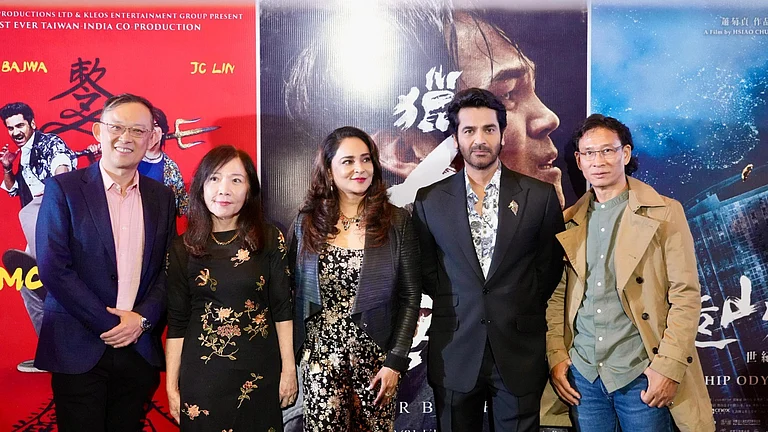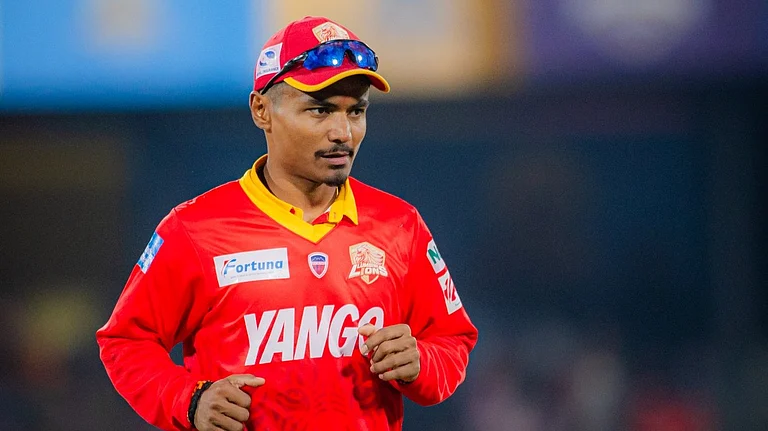Daw Aung San Suu Kyi and her National League for Democracy (NLD) have demonstrated yet again how the multitudes of Myanmar are ready to rally staunchly behind her. With over 80 per cent of seats won from among the 75 per cent seats that were open for civilian contest, her party has enough majority to lead and form the next government at the Union level, as also in most of the regions and states.
Even as her people are celebrating the victory of ‘Mother Suu’, sceptics wonder if change will really come to Myanmar. Will the transfer of power be smooth? Who will be the nominee for president and how will Suu Kyi manage to be ‘above the President’? Will the NLD government be able to work harmoniously with the military that would retain substantial, constitutionally guaranteed powers? How will NLD approach the ethnic peace process?
New Delhi too will be closely observing post-election developments. For India, it is very important to have a peaceful Myanmar, with which it can further develop friendly and strategic ties. A cooperative Myanmar is critical to curbing Northeast insurgent groups taking shelter across the border. It can also help promote development and connectivity.
Thus, it is timely that a new book by diplomat-turned-scholar Rajiv Bhatia addresses the changing contours of India-Myanmar relations. As a former ambassador to Myanmar, Bhatia is uniquely suited to provide a better understanding of Myanmar, its internal dynamics and of India’s relations with it at this interesting time.
In the initial chapter that traces a changing Myanmar, Bhatia notes that the reform measures and developments of 2011-14 seemed an ideal moment to monitor the changing dynamics and attempt an assessment of India-Myanmar ties. Myanmar scholars can expect much—facts, sound analysis and supportive evidence. Bhatia explores why the country opened up in 2010, ending the military junta’s policy of isolation. Was it because of western pressure and sanctions or was it in response to constructive engagement? The author contends that the impulse for change came from within, which gives confidence to the belief that the move towards democracy is here to stay. These and other aspects figure in the second chapter: Deciphering Myanmar—An Indian perspective.
The multi-faceted relations between the two neighbours date back to historical times. These are captured in three separate and well-researched chapters that deal with the period up to the British Raj, from independence up to the relaxation of military rule and from 2011 to 2014.
Why is Myanmar important to India is a theme that reverberates through the book and finds particular focus both in chapters that discuss the present state of play and future directions that the country might take. The Northeast angle has been dwelt upon in detail, but focus on the viewpoints about Myanmar of each of the four bordering Northeastern states would have brought out interesting perspectives based on geographical and ethnic links. What India should do to enhance its presence in Myanmar has also been well-examined. Of great importance are the opportunities from closer cooperative linkages between Northeast India and the western Myanmar, particularly in the context of the three connectivity corridors—the Kaladan project, the Rhi-Tiddim Road and the trilateral highway, all of which need quick completion.
A reset of Myanmar’s relations with China has been analysed in a chapter that examines the India-Myanmar-China triangle. Myanmar, which has been acutely conscious of being wedged in between two large neighbours, is developing more room for manoeuvre in its foreign policy. It is entering into greater engagement with the US, EU, Japan and several of its ASEAN neighbours that is making the triangle look like a polygon. Many of them have also come in with assistance and investments, all of which may rise further with an NLD-led government.
Indian readers may at this time want to know how the NLD government and Suu Kyi herself may look at developing future relations with India, a country with which she has great familiarity. There is ample material in the book to delve into for answers, including an analysis of the very many interviews she gave during her visit to India in 2012.
(The author was India’s ambassador to Myanmar)
The Word
Though her NLD trounced the military-backed Union Solidarity and Development Party in polls, a constitution clause prevents Suu Kyi from becoming president.


























